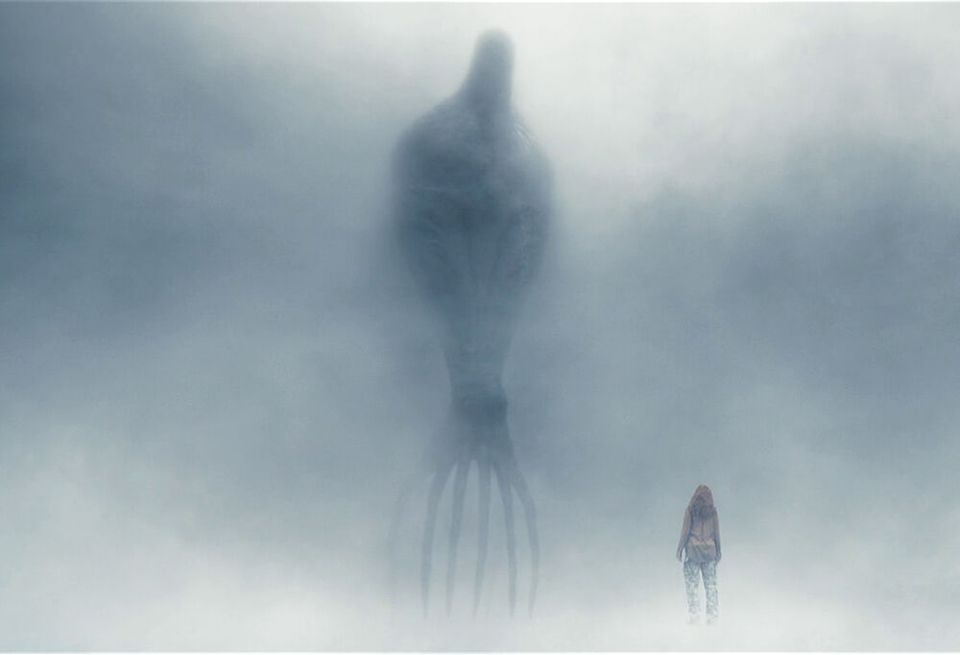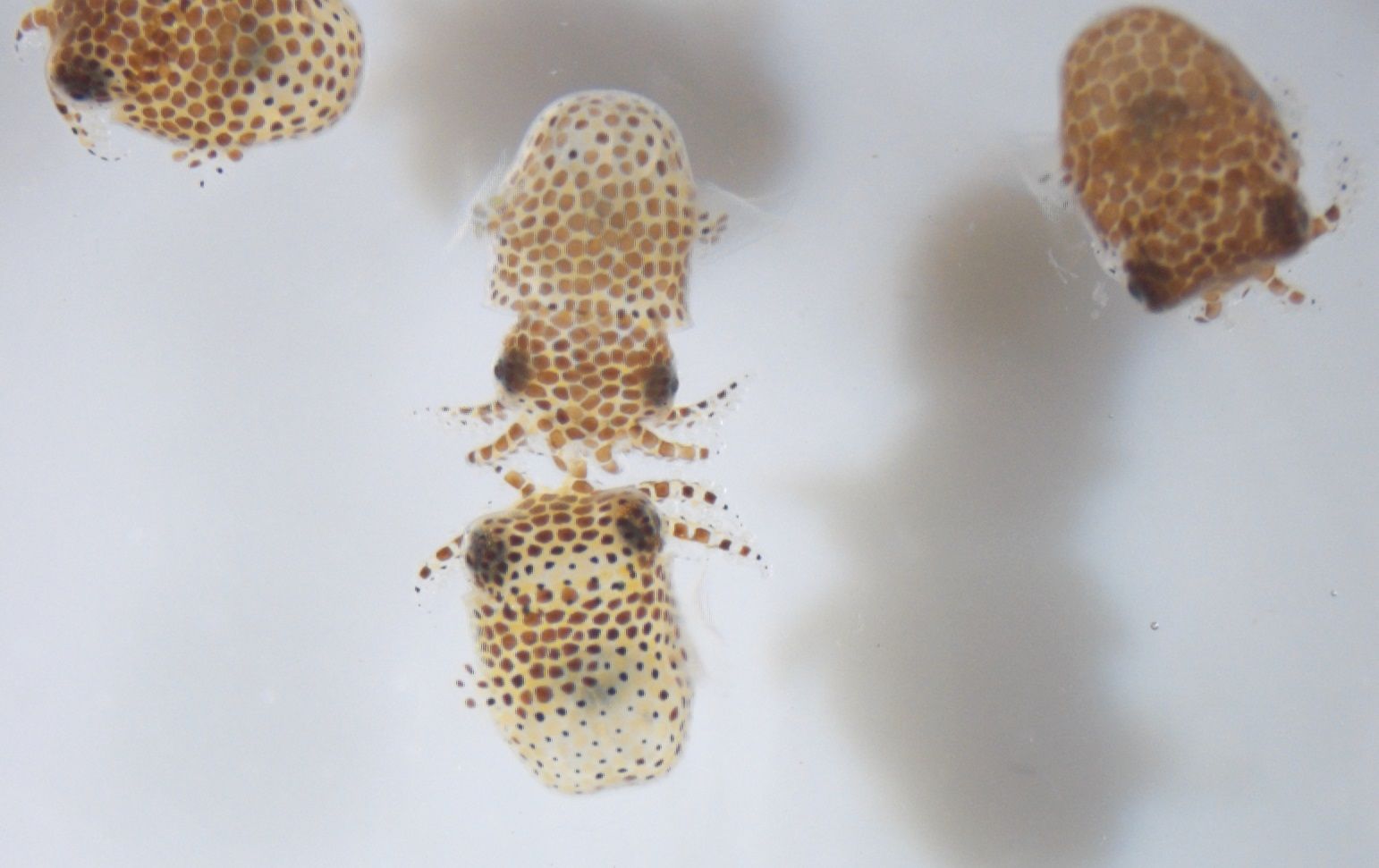Why NASA keeps sending squid into space

If you watch enough sci-fi, you’re probably aware that aliens often look a lot like... humans. Whether to save money on prosthetics and makeup or make them more relatable, extraterrestrial beings, more often than not, walk on two legs, have a bilaterally symmetric body and sport a single head with a small number of eyes. Sometimes, all that really distinguishes them from us is green body paint.
But when writers need an alien that looks as un-human-like as possible, they often turn to a different group of organisms for inspiration: Cephalopods, the class of mollusks that includes octopuses, squid, and cuttlefish. This ancient, and at times, astonishingly intelligent, group of tentacled shapeshifters has inspired a diverse range of fictional beings, from H.P. Lovecraft’s Cthulhu to the 'heptapods' in the 2016 science fiction film Arrival to The Simpsons' Kang and Kodos.
Space squid, however, are more than a science fiction trope. Ten years ago, NASA actually sent squid into space. Last month, it did so again. As the space agency gears up to send humans back to the Moon and onward to Mars, the experiences of these spacefaring cephalopods may prove vital to keeping our astronauts healthy.
While in fiction, squid-like aliens range from roughly human-sized to big enough to swallow entire starships, the only cephalopod that has actually been to space — according to public records at least — is the bite-sized Hawaiian bobtail squid (Euprymna scolopes). A colorful calamari that inhabits warm, shallow coastal waters of the Hawaiian archipelago, the bobtail squid has a unique symbiotic relationship with the bioluminescent bacteria Vibrio fischeri. Inhabiting a specialized light organ within the squid's mantle cavity, vibrio cause their bobtail hosts to glow at night in a way that mimics downwelling starlight, preventing the squid from casting a shadow and making them harder for predators to spot.
This fascinating symbiosis has turned the bobtail squid into a model organism for studying how animal-microbial partnerships work — and how they can fail. And one potential failure mode in these cross-kingdom relationships that scientists are very interested in is spaceflight. More specifically, the lack of gravity.
“When we send a fully formed astronaut into space, they have all of their microbes” including trillions of beneficial gut bacteria, University of Florida microbiologist Jamie Foster told The Science of Fiction. But despite a growing body of research suggesting some pathogenic bacteria can become more dangerous in microgravity, we know very little about what happens to the multitudes of bacteria that typically dwell peacefully inside our bodies.
“They kind of got overlooked,” Foster said.

To understand how long-term spaceflight could alter the interactions between humans and their microbial partners, Foster has spent the last decade studying how the simpler squid-vibrio relationship changes outside Earth’s gravity well.
In 2011, Foster managed to get several fruit-fly-sized squid hatchlings, along with vibrio bacteria, flown to the International Space Station (ISS) on STS-134 and 135, the last two missions of the Space Shuttle program. This pilot test not only proved that squid can survive the journey to space but that vibrio can successfully colonize their hosts in microgravity, the term for the extremely low gravity conditions aboard the ISS. In subsequent experiments on Earth, Foster and her colleagues explored whether the initial interactions between bobtail hatchlings and vibrio were affected by simulated microgravity in a rotating bioreactor.
Those interactions, the researchers found, are affected in numerous ways. In simulated microgravity, changes to the bobtail squid’s immune system that typically occur once vibrio bacteria enter the light organ were delayed, while tissues that normally die after the symbiosis is initiated started dying sooner.
“There’s all these changes to normal healthy development in a [simulated] spaceflight environment,” Foster said.
Now Foster is investigating whether those same changes occur in outer space. On June 3, NASA blasted a bunch of newly-hatched bobtail squids, along with vibrio, into space as part of a SpaceX commercial resupply run to the International Space Station. Once there, the bacteria and squid were introduced and allowed to co-mingle for several hours within a specialized experimental chamber before being euthanized and frozen (science is brutal).
Those frozen squid returned to Earth on a SpaceX Dragon cargo ship last night. Once they're back in the lab, Foster and her colleagues will study their genes expression patterns to see whether developmental genes that are normally turned on during the early stages of symbiosis were affected by microgravity.
“We want to know what’s happening to the genes [involved in symbiosis] — are they being turned up or down,” Foster said. “Also the metabolites,” or small molecules the squid is producing during the course of its metabolism. Eventually, Foster hopes to be able to say what these genetic and metabolic changes mean for the overall health of the animals.
That knowledge could help scientists predict how the microbiomes of astronauts — and their health — will be affected by weeks or months-long trips to the Moon or Mars. “What happens if an astronaut, 10 months into a trip to Mars, all of a sudden loses a critical component of their microbiome?” Foster said. “How do we monitor the changes and how do we mitigate that?” Understanding how gravity changes affect microbiomes “will be critical as humans explore deep space."
For that reason, it seems likely that Foster’s frozen squid hatchlings won’t be the last cephalopods to exit Earth’s atmosphere. Whether their distant cousins are illuminating an alien ocean beneath an icy moon of Jupiter or feasting on trash aboard an Imperial starship in a galaxy far, far away, is still unknown.
But perhaps future generations of deep space explorers will find answers. And if they do, they may have NASA's eight-legged astronauts to thank.